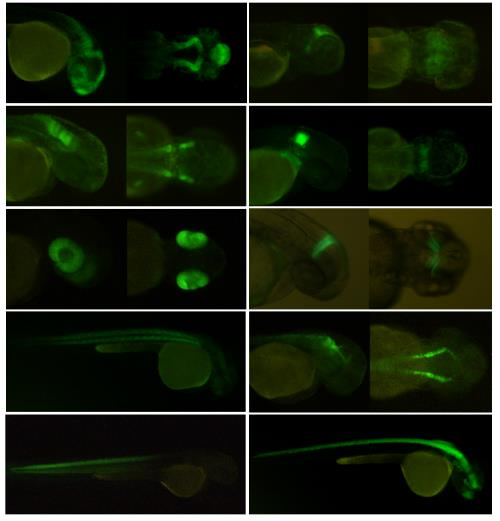The CSIC has developed a kit for performing dynamic and tissue-specific transcriptomic analysis
through the TRAP (Translating Ribosome Affinity Purification) methodology. The system allows,
through a genetic vector, the systematic, easy and fast generation of transgenic lines suitable for
performing tissue analysis at different stages of development and in different physiological situations.
Industrial partners from the pharmaceutical and biotechnological sectors are being sought to
collaborate through a patent licence agreement.
An offer for Patent Licensing
Description of the Technology
The kit developed, thanks to the collection of cell or animal lines it contains, is a unique transcriptomic resource for developmental genetics, organ physiology or disease models studies.
An important limitation of transcriptomic analysis using RNA-seq appears when it is necessary to analyze genes expression in small tissues or specific cell types within heterogeneous populations, In these cases, the mechanical isolation of the cells to analyze can be very challenging being also possible to mask the results with the neighbor cells expression profiles.
In order to overcome these drawbacks, the TRAP technique enables the direct extraction of the transcriptome from specific cells by marking their ribosomes with GFP and directing their expression through specific promoters. However, the availability of these specific promoters, and the need to create different lines for each cell type, restrict its applicability.
The developed kit eliminates these restrictions since it allows the generation of lines in a systematic and simple way. To do this, the kit, through a genetic vector, randomly inserts a genetic cassette into the genome. This cassette contains the fusion gene of a GFP-labeled ribosomal subunit under the control of a minimal promoter. The minimal promoter is activated by regulatory elements close to integration that will direct the expression of the fusion gene to the cells where they are active, allowing the extraction of the specific RNA and its subsequent sequencing.
Main innovations and advantages
· The system is versatile, being possible to generate an undefined number ofdifferent transgenic lines with only one vector.
· Lines generation is quicker not having to invest time in designing differentvectors with different promoters for each tissue to be analyzed · The system enables to create unrealizable lines so far due to lack of awarenessabout specific promoters.
· The functionality of the system has been successfully tested in zebrafish. Forthis, one-cell stage embryos were injected with said vector. Of 300 fish thatreached adulthood, 53 showed some type of fluorescence in their offspring, 33of which showed a specific tissue expression · The system is adaptable to organisms such as C. elegans or Drosophila.
· The system enables the use of different transcriptomic applications (TRAP-seqand ribosome profiling).








